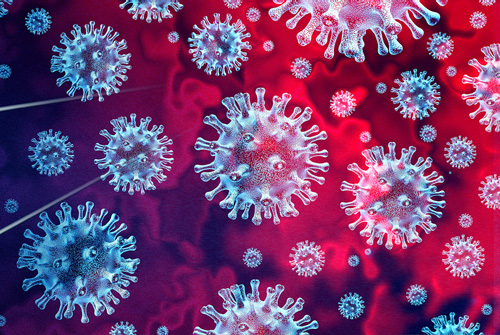Kathmandu/Islamabad
Drastic cuts in the availability and use of essential public health services across South Asia due to COVID-19 may have contributed to an estimated 228,000 additional child deaths in 2020, according to a new United Nations report. Around 11,000 additional maternal deaths are also expected.
Clinics and other health facilities have been closed and many vital health and nutrition programmes halted as the region battles to contain COVID-19 cases, which numbered 11 million by the end of 2020.
The report, commissioned by UNICEF and supported by the World Health Organization (WHO) and the United Nations Population Fund (UNFPA), cites examples of the more severe service disruptions.
They include an 80 per cent drop in the number of young children treated for severe acute malnutrition (SAM) in Nepal and Bangladesh, and a sharp drop in childhood immunizations in Pakistan and India.
“The fall-off of these critical services has had a devastating impact on the health and nutrition of the poorest families,” said UNICEF Regional Director for South Asia George Laryea-Adjei.
“It is absolutely vital that these services are fully restored for children and mothers who are in desperate need of them, and that everything possible is done to ensure that people feel safe to use them.
” The report calls for making essential health services for pregnant women, adolescents and young infants a topmost priority.
Strengthening supply chains for the delivery of vaccines, other essential childhood medicines is also vital.—PR










